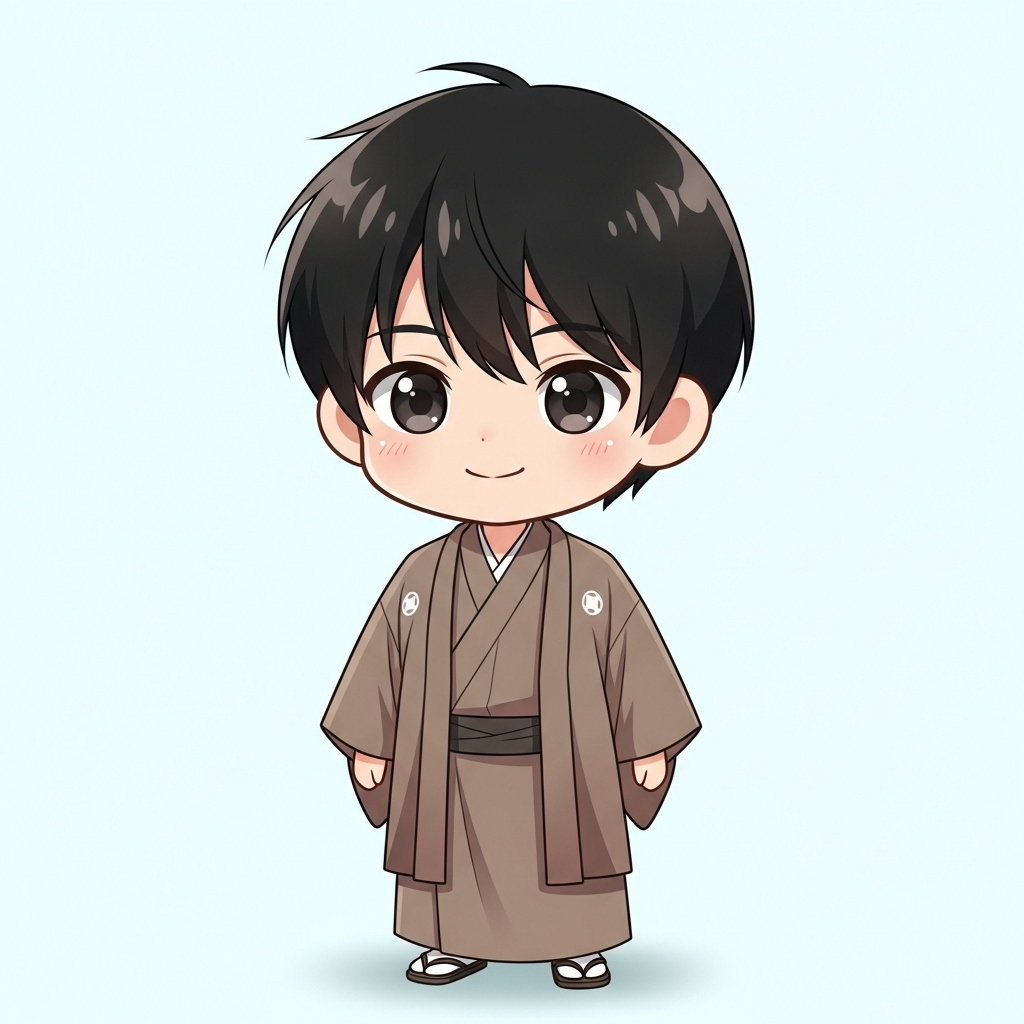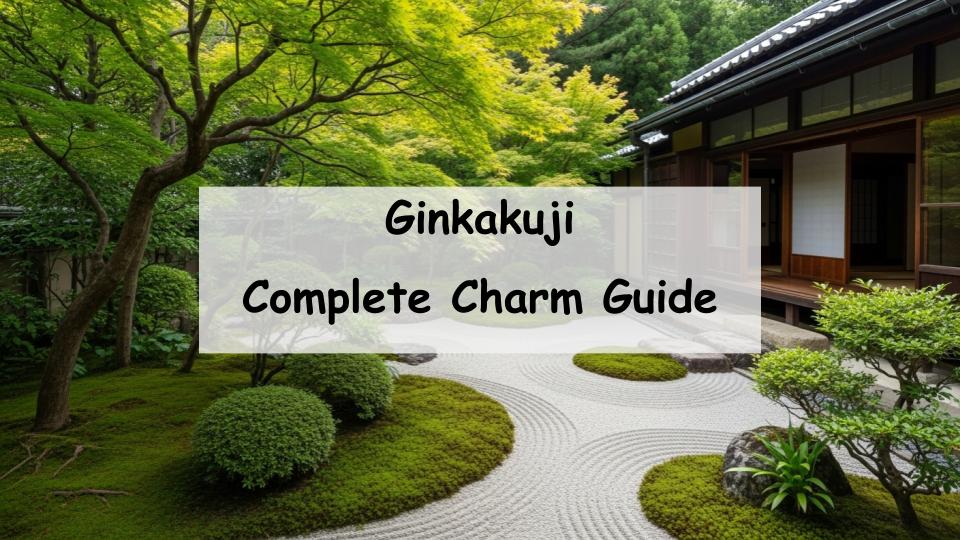Wondering what makes Ginkaku-ji different from Kinkaku-ji? Is it really worth visiting?
If you’ve ever asked yourself these questions, you’re not alone.
The short answer: Yes, Ginkaku-ji is absolutely worth visiting. Unlike its golden counterpart, Ginkaku-ji embodies the Japanese aesthetic of wabi-sabi — the beauty of simplicity and imperfection.
In this article, we’ll walk you through its history, unique architectural features, stunning gardens, the best ways to explore it, and how to get there.
What Is Ginkaku-ji? A Brief History and Background
Origins in the Muromachi Period
Ginkaku-ji, formally known as Jishō-ji, was built in 1482 as a retirement villa for Shogun Ashikaga Yoshimasa. It later became a Zen temple after his death. Created during a time of political unrest, the temple served as a quiet retreat and spiritual sanctuary.
Ashikaga Yoshimasa and Higashiyama Culture
Ashikaga Yoshimasa played a major role in shaping what’s known as Higashiyama Culture — a refined and artistic movement that birthed Japanese tea ceremony, flower arrangement (ikebana), and minimalist aesthetics. Ginkaku-ji was the centerpiece of this cultural transformation.
Why Isn’t It Actually Silver?
Despite its name, the Silver Pavilion was never covered in silver foil. While some theories suggest it was originally intended to be, many scholars believe the plain wooden exterior was always intentional — a reflection of Zen principles and wabi-sabi beauty.
Architectural and Garden Highlights of Ginkaku-ji
The Silver Pavilion (Kannon-den)
The two-story structure blends shoin-zukuri (residential) style on the first floor with butsuden-zukuri (temple) style on the second. Its unadorned beauty stands in contrast to the glitz of Kinkaku-ji, offering a calm, introspective experience.
Tōgudō Hall and the Origins of the Tea Room
The Tōgudō building is one of Japan’s oldest examples of shoin-zukuri architecture. Inside lies the “Dōjin-sai,” a four-and-a-half tatami mat room considered to be the prototype for modern tea rooms.
Moss Gardens and Dry Landscape (Karesansui)
Ginkaku-ji’s gardens are a seamless blend of nature and design. The moss-covered grounds and dry landscapes reflect deep Zen influence, inviting peaceful contemplation.
The Moon Viewing Platform and Sea of Silver Sand
Two standout features are the “Kogetsudai” (Moon Viewing Platform) and “Ginshadan” (Sea of Silver Sand). These carefully crafted sand sculptures symbolize mountains and waves and are believed to enhance moonlight reflection.
Best Ways to Explore and Enjoy Ginkaku-ji
Suggested Walking Route and Photo Spots
The temple path leads visitors through gardens, past the Silver Pavilion, and up to a viewpoint overlooking the entire site — a great spot for photos, especially in the early morning light.
Seasonal Highlights Throughout the Year
Each season transforms the atmosphere at Ginkaku-ji:
- Spring: Lush greenery
- Summer: Vivid moss gardens
- Autumn: Vibrant red and orange leaves
- Winter: A quiet, snow-covered sanctuary
Nature and Architecture in Harmony
The interplay between built and natural elements is what makes Ginkaku-ji special. Whether it’s the sound of raked gravel or the soft rustle of wind through trees, everything feels in tune.
How to Get to Ginkaku-ji and What’s Nearby
Access Options (Bus, Walk, Bike)
From Kyoto Station, take City Bus #5 or #100 to Ginkaku-ji-michi stop (approx. 35–40 min), then walk 10 minutes. You can also enjoy a scenic walk along the Philosopher’s Path or rent a bicycle for a relaxing ride through Higashiyama.
Nearby Attractions (Philosopher’s Path, Nanzen-ji, etc.)
Ginkaku-ji is surrounded by quiet, culturally rich spots like:
- Philosopher’s Path (Tetsugaku no Michi)
- Hōnen-in Temple
- Nanzen-ji Temple
Perfect for a half-day exploration.
Where to Eat or Rest
The area offers cozy cafes and restaurants where you can enjoy Kyoto-style lunches, matcha sweets, or simply unwind.
Tips Before You Visit
Hours, Fees, and Basic Info
- Official name: Jishō-ji (慈照寺)
- Hours: 8:30–17:00 (until 16:30 in winter)
- Admission: Around 500 yen for adults
- Check the official site for updates before visiting.
Etiquette and What to Avoid
As an active Zen temple, Ginkaku-ji encourages quiet reflection. Please avoid loud conversations and respect the no-photo zones.
Cultural Significance
Ginkaku-ji isn’t just a tourist spot — it’s a symbol of spiritual and aesthetic development in Japan. It has deeply influenced tea ceremony culture, architecture, and the Japanese sense of beauty for centuries.
A Message from the Guide

It has a charm different from Kinkaku-ji and offers a very calming atmosphere.







Comment